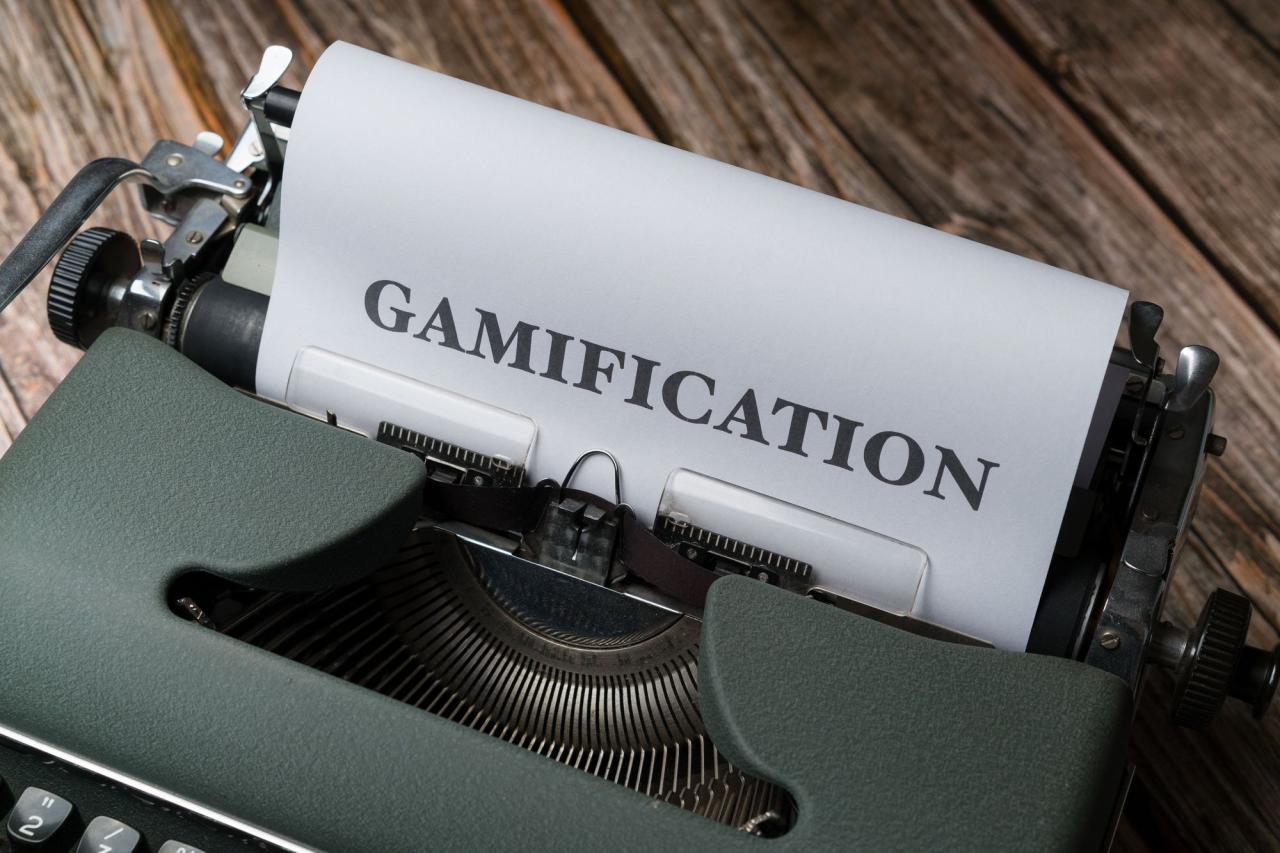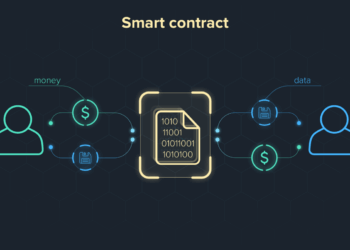In the grand game of life, why do we find ourselves so captivated by the digital quests on our screens, yet so resistant to the daily tasks that truly matter? The very thought of tackling a daunting to-do list can trigger a wave of procrastination, while the challenge of leveling up a video game character can keep us up all night. This disparity highlights a fundamental truth about human motivation: we are hardwired for challenge, reward, and a sense of progress. Traditional productivity systems often fail because they are sterile and unengaging. They give us a static list of tasks, but they don’t give us a compelling reason to complete them.
This is where productivity gamification enters the picture. It’s a revolutionary approach that applies the core principles of game design to real-world tasks, transforming mundane chores into engaging missions, and passive to-do lists into dynamic scoreboards. Gamification is not about turning work into a frivolous game, but rather about leveraging the powerful psychological drivers that make games so compelling and applying them to the most crucial areas of our lives: work, personal growth, and daily routines. It’s the art of turning chores into challenges and finding joy in the process of getting things done.
The Psychology of Play

To understand the power of gamification, we must first look at the behavioral science behind what makes games so captivating. Games are not simply entertainment; they are meticulously engineered systems designed to tap into our deepest psychological needs and desires. Key elements that make them so addictive include:
- Immediate Feedback and Reward: Games provide instant gratification. When you complete a level or achieve a goal, you are immediately rewarded with points, a new badge, or a celebratory sound. This triggers a release of dopamine, the brain’s “feel-good” chemical, which reinforces the behavior and makes you want to continue.
- A Sense of Progress and Mastery: Games offer a clear path of progression. You start at level one, and with each small victory, you level up, unlock new skills, or gain access to new areas. This visible sense of forward momentum is deeply satisfying and fuels our desire to become masters of a skill or system.
- The Element of Control and Autonomy: In games, players feel a sense of control over their actions and outcomes. The clear rules and predictable consequences give them the confidence to take risks and experiment, knowing that they can learn from their mistakes and try again.
- Social Connection and Competition: Whether through leaderboards, co-op challenges, or shared achievements, games fulfill our innate need for social connection and friendly competition. The desire to outperform others or to contribute to a team’s success is a powerful motivator.
Productivity gamification takes these psychological drivers and applies them to the tasks that often lack them, injecting a sense of fun, purpose, and tangible reward into our work.
Key Gamification Elements and How They Work
A successful gamification system is built upon a combination of carefully chosen elements designed to engage the user and drive consistent action. It’s a toolkit of motivational levers that can be applied to almost any workflow.
A. Points and Badges. These are the simplest and most foundational elements of gamification. Points provide a quantifiable metric for every completed task, turning your to-do list into a running total. Badges, on the other hand, are visual symbols of a specific achievement—like a “Procrastination Crusher” badge for completing a difficult project ahead of schedule. They provide a public or personal signal of success and a sense of pride.
B. Streaks and Progress Bars. There is a powerful psychological drive not to “break the chain.” A streak, such as exercising every day for 30 days, provides a visible line of unbroken progress that becomes a strong motivator. Progress bars, which show you how far you’ve come toward a larger goal, are equally effective. They turn a daunting, long-term project into a series of small, manageable steps and provide a continuous sense of momentum.
C. Levels and Tiers. The concept of leveling up taps into our desire for mastery and progression. In a gamified system, completing tasks or earning points can lead to a “level up,” unlocking new features, titles, or privileges. This creates a clear, long-term path of development, moving beyond the simple satisfaction of a single task and providing a sense of meaningful advancement.
D. Leaderboards and Social Competition. While not suitable for all environments, leaderboards can be a powerful motivator in a team or community setting. They leverage our innate competitive spirit and drive us to perform better. A well-designed leaderboard can foster a sense of shared challenge and accountability, encouraging team members to support and challenge one another to reach new heights.
E. Challenges and Quests. Framing a large, complex project as a “quest” or a “challenge” can make it feel less intimidating and more adventurous. Breaking down a major deliverable into a series of smaller “missions” or “milestones” provides a sense of narrative and purpose. This reframing can make a daunting task feel like an exciting journey rather than a tedious chore.
F. Rewards and Unlocks. In games, rewards are the ultimate payoff. In a productivity context, rewards can be anything from unlocking a new theme for your app, gaining access to a new feature, or even earning a small digital collectible. These small, non-monetary rewards can provide the necessary dopamine hit to reinforce a positive behavior.
G. Avatars and Personalization. Allowing users to create a digital representation of themselves or their workspace can foster a deeper sense of connection to the system. The desire to “dress up” an avatar or “decorate” a virtual space with badges and rewards makes the user feel more invested in their progress and more engaged in the overall system.
Practical Applications
The beauty of productivity gamification is that it can be applied to nearly any aspect of your life, from personal habits to professional projects.
Gamifying Personal Goals
- Fitness: Assign points for every workout, and create a streak for daily exercise. Set a goal to “level up” after completing a certain number of workouts in a month.
- Reading: Create a quest to read a certain number of books per year. Award a badge for every book completed and keep a progress bar to track your journey toward your goal.
- Habits: Use a habit tracking app that provides a visual calendar and a streak counter. The simple act of marking a habit complete each day becomes a game in itself, where the reward is the unbroken chain.
Gamifying Professional Projects
- Project Management: In a team setting, assign “experience points” to each task based on its difficulty and impact. The team that completes the most “XP” in a week can earn a small reward or recognition.
- Learning and Development: Use a learning management system that awards badges for completing courses or certifications. Create a leaderboard for the team to encourage continuous learning and skill development.
- Sales and Marketing: Turn sales goals into a game by creating a leaderboard and offering a prize to the team or individual who “levels up” by closing the most deals. The competitive element can be a powerful motivator.
The Benefits and Potential Pitfalls of Productivity Gamification
While gamification is a powerful tool, it’s not a one-size-fits-all solution. A balanced understanding of its benefits and potential drawbacks is key to using it effectively.
The Benefits
- Increased Motivation and Engagement: By turning tasks into challenges with clear rewards, gamification injects fun and purpose into otherwise mundane work.
- Enhanced Focus and Productivity: The desire to complete a mission or “level up” can help you stay on track and reduce the temptation to multitask or procrastinate.
- Improved Habit Formation: The psychological drivers of streaks and immediate rewards make it easier to form and maintain new, positive habits.
- Clear Progress Tracking: Gamified systems provide a quantifiable way to measure progress, allowing you to see how far you’ve come and what you have left to do.
Potential Pitfalls
- Can Become a Distraction: If the gamification elements are too complex or over-engineered, the act of “playing the game” can become more of a distraction than the work itself.
- Unhealthy Competition: Leaderboards can foster an unhealthy, cutthroat environment if not managed correctly. Competition should be friendly and focused on growth, not just winning.
- Points Can Lose Meaning: If rewards are not meaningful or are too easily earned, the entire system can become trivial and lose its motivational power.
- Not a Replacement for Intrinsic Motivation: Gamification is an external motivator. While it can get you started, the goal should always be to cultivate a genuine, intrinsic interest in the task itself.
The Future of Gamification

The future of productivity gamification is deeply intertwined with advancements in AI and behavioral science. AI will soon be able to analyze our individual motivation triggers and create personalized, dynamic gamified systems just for us. It will know what kind of challenges, rewards, and feedback will be most effective for our unique psychological makeup. We can expect to see:
- Ambient Gamification: Systems that are so seamlessly integrated into our daily lives that we don’t even realize we are in a game. For example, a system that tracks our walking steps and gives us a small “reward” in our work app without us actively logging it.
- AI-Driven Quests: Generative AI that can take a large project and automatically break it down into a series of gamified “quests” with clear milestones and rewards.
- Team-Based Collaborative “Games”: More sophisticated systems that allow entire teams to work on a shared “mission” together, with rewards tied to collective success rather than just individual achievement.
The evolution of productivity gamification is a testament to the idea that work doesn’t have to be a chore. It can be a rewarding, engaging, and even joyful experience.
Conclusion
Productivity gamification is far more than a simple trend; it is a profound application of human psychology to solve the universal problem of motivation. By leveraging the same principles that make games so captivating—immediate feedback, a clear sense of progress, and a system of rewards—it transforms our daily tasks from a source of dread into a compelling series of quests and challenges. It is a powerful tool for self-improvement, helping us to not only get more done but to also find more satisfaction in the process.
This approach acknowledges that we are not robots; we are emotional beings driven by a fundamental desire for progress and recognition. Gamification taps into these desires, providing a structured and engaging framework that makes it easier to form new habits, overcome procrastination, and stay focused on our long-term goals. While it is not a cure-all, and must be used with a degree of intentionality, it serves as a critical bridge between our good intentions and our consistent actions. By embracing the principles of gamification, we can make our journey toward personal and professional excellence more sustainable, more enjoyable, and ultimately, more successful. The age of the tedious to-do list is fading, and the era of the productivity quest has just begun.












